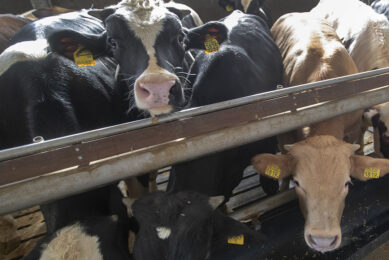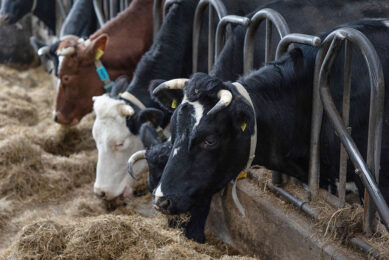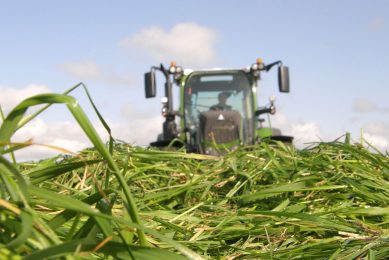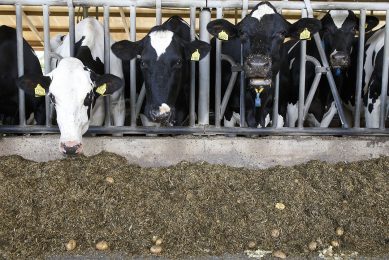Rumalac, the new feed additive for dairy cows
Norel & Nature has introduced Rumalac, a new additive specially designed for dairy cattle. The product consists of different salts of dicarboxylic acids (principally malate and fumarate), to improve the efficacy of ruminal flora (S. ruminantium) and the utilization of dietary energy.
The main benefits of Rumalac are: reduction in methane production, increased ruminal pH, increased volatile fatty acid production (mainly propionate), improved dry matter digestibility and increased milk production. To evaluate the effect of Rumalac in dairy cattle, two commercial trials were set up with Holstein cows under different diet composition and management systems.
Animals were assigned to two treatments: Control and Rumalac (60 g/cow/ day). Trials lasted 80 days and the cows were between 0-200 days in milk. First lactation heifers were excluded to avoid high individual variations. Regarding the diet composition, the main difference was that in trial 2 the level of alfalfa in the TMR was much higher (3.6 vs. 6.8 kg/cow/day for trial 1 and trial 2 respectively). This should be mentioned because alfalfa naturally contains malic acid. In both trials milk production increased significantly (p<0.01) when animals received Rumalac. The response was even more dramatic in trial 1 where alfalfa contribution to the diet was 3.6 kg/cow/day. (43.86 vs. 45.51 l/cow/ day for control and Rumalac respectively).
The addition of Rumalac at a dose of 60g/cow/day has proved to be effective to increase milk production under farm conditions. Norel recommends adding Rumalac especially during postpartum period to prevent metabolic diseases.
Related website:
Norel & Nature











